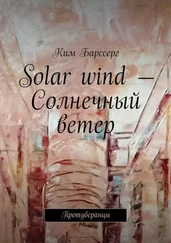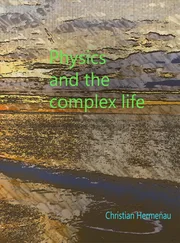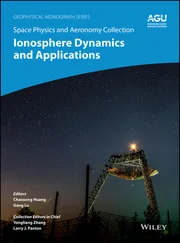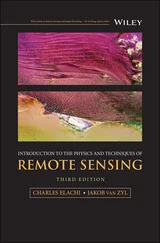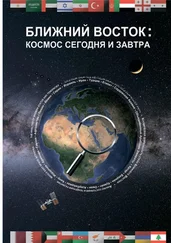Flux tube structures take the form of a discontinuous, planar change in the magnetic field and plasma parameters at the boundaries of the mesoscale structures. These are typically described as tangential and rotational discontinuities (Hudson, 1970), and are abundant throughout the solar wind, occurring even in the slow wind away from the HCS and in the fast wind (Neugebauer et al., 1984).
Mesoscale structures ahead of energetic particle events can influence energetic particle transport. STEREO observations of energetic particles have shown that variations appear to be linked to flux tubes with diameters of 6000 Mm (von Rosenvinge et al., 2009). Furthermore, even shorter fluctuations in the particle properties suggest that these flux tubes have sizes that extend down to 500 Mm. These intensity changes are similar to particle “dropouts” (Chollet et al., 2007; Mazur et al., 2000). Dropouts have been attributed to changes in the magnetic connectivity between the particle detector and the particle accelerator at the Sun due to flux tubes (at scales of 10–100 Mm) that meander or mix through the interplanetary medium (Chollet & Giacalone, 2011; Giacalone et al., 2000). Particle dropouts and heat flux loss often indicate changes within the underlying magnetic topology occurring with HCS crossings or local kinks in magnetic flux tubes (Borovsky, 2008; Crooker et al., 1982). We note that the majority of sharp changes in energetic particle populations during ambient solar wind conditions occur with changes in plasma and magnetic fields at tangential discontinuities (Neugebauer & Giacalone, 2015).
Whether the smaller flux tubes and flux ropes are created at the Sun and advected with the solar wind, or whether they are created in transit is still an open question. For example, Cartwright and Moldwin (2008) argued that flux ropes are generated by reconnection across the HCS in transit, and indeed plenty of reconnection is known to occur locally in the solar wind (Gosling, 2012), though not in direct association with a mesoscale flux rope. Magnetic reconnection in the solar wind is discussed in Section 1.3.5. On the other hand, Crooker et al. (1996) argued the flux ropes were formed at the Sun as the solar wind is created. Measurements of the flux ropes as a function of radial distance from the Sun shows that there are fewer at greater distances, and that they are larger with distance (Cartwright & Moldwin, 2010b), indicating merging or expansion rather than local creation.
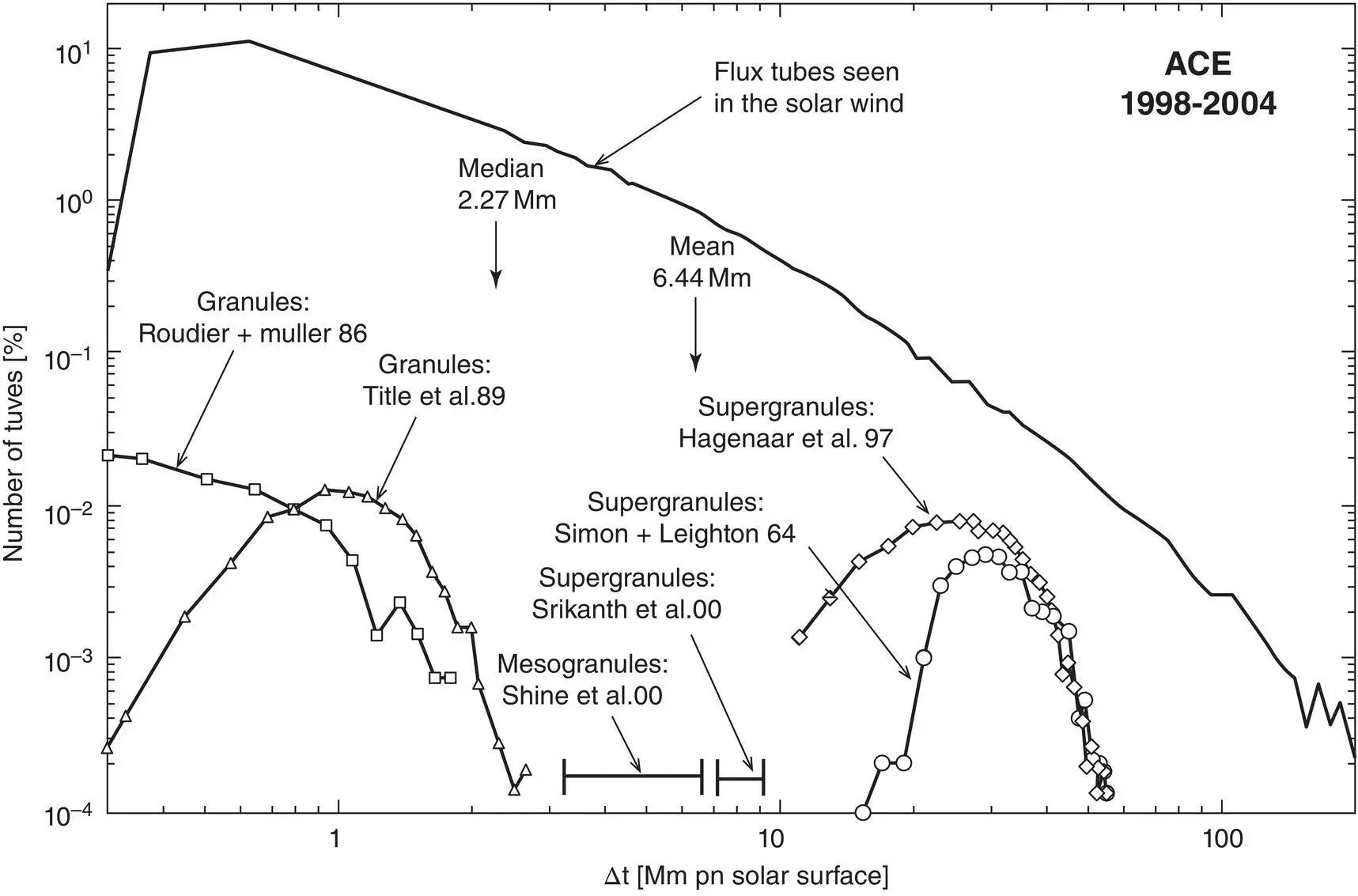
Figure 1.12 Occurrence distribution of flux tube sizes mapped to the solar surface is plotted as the black curve. Also plotted are distributions of solar granules and supergranules, and supergranule sizes obtained with high‐resolution measurements are indicated with horizontal bars.
( Source : Taken with permission from Borovsky, 2008. © 2008, John Wiley and Sons.)
One idea is that the solar wind is filled with coherent “fossil structure” flux tubes from the solar corona that advect with the solar wind (Bruno et al., 2001; Marsch & Tu, 1993; Thieme et al., 1989). Borovsky (2008) and Collier et al. (2000) both used geometric arguments (e.g., solar rotation rate, radial expansion of the solar wind) to relate the mesoscale flux tube structure observed at 1 AU to granules. A comparison of the occurrence distribution of flux tube sizes between in situ and observed solar features is shown in Figure 1.12. Neugebauer and Giacalone (2015) argued that tangential discontinuities were preexisting flux tube boundaries formed at the Sun based on the corresponding plasma parameters, and were not consistent with in‐transit turbulence. However, it is unclear if a direct connection with granules in the photosphere is possible, and simulations show that the boundaries of flux tubes created from granulation would not survive to 1 AU (Cranmer et al., 2013).
Some of the mesoscale structures, such as the characteristic magnetic field correlation lengths, may be related to turbulence. In general, it is known that the spectra of fluctuations in the solar wind have an inertial range at smaller scales, and at larger scales, follow a 1/f form that is a condition of low‐frequency Alfvénic turbulence. The origin of the 1/f turbulent fluctuations is still debated but may itself originate from the corona (e.g., Matthaeus & Goldstein, 1986; Nicol et al., 2009) and footpoint stirring in the solar photosphere, with the inertial range being the transit turbulent decay. When compositional changes are associated with discontinuities and flux ropes, that is uncontroversial evidence that those structures were formed at the Sun (Borovsky, 2012; Borovsky & Denton, 2016; Kepko et al., 2016; Neugebauer, 2012; Viall et al., 2009). Structures without compositional change are ambiguous and could be formed either at the Sun or in transit (Owens et al., 2011).
We should point out the impact of mesoscale structures on global heliospheric structures. The variable coronal outflows imaged by coronagraphs and discussed in Section 1.2.2indeed have repercussions on the structure of the solar wind. The standard picture of a CIR (Burlaga & Barouch, 1976; Lee, 2000; Pizzo, 1982) considers them as recurrent, uniform, and stable structures. In situ measurements made during the maximum phase of cycle 23 have revealed that interaction regions do not necessarily recur, a result of coronal hole reconfigurations and of the single‐point nature of in situ measurements (L. Jian et al., 2006). Heliospheric imaging further reveals that individual CIRs or SIRs are by no means smooth compression regions distributed along a spiral but exhibit strong variability along the interaction region in response to several dynamic processes occurring at the Sun (Rouillard, Davies, et al., 2010). First, coronal holes can rapidly form and disappear during a solar rotation period, which leads to the appearance and disappearance of interaction regions in the interplanetary medium. Second, the density variations induced by the release of the small and large‐scale streamer events discussed in the previous paragraph modifies the global structure of CIRs. In this regard, heliospheric imagery has provided new insights into the global structure of CIRs. It has been shown that in the inner heliosphere, CIRs are made up of compressed density structures (Rouillard, Lavraud, et al., 2010). The presence of strong pressure variations along the CIR surface suggests that shock formation will also be nonuniform with heliospheric location and time. Strong pressure enhancements would develop due to the compression by high‐speed streams of small‐scale transients. The shape of the CIR shock may therefore become a highly irregular surface beyond 1 AU. This could have implications for the formation of MIRs by the interaction of CIRs toward the outer regions of the heliosphere.
1.3.5. Magnetic Reconnection in the Solar Wind
Over the last couple of decades, magnetic reconnection has become a widely studied plasma process, ubiquitous in most if not all astrophysical contexts. Although it has long been known to occur at the Sun and in Earth’s magnetosphere, only a few studies proposed that it should be occurring frequently in the solar wind and at the interfaces of CMEs during propagation (McComas et al., 1988; Moldwin et al., 1995, 2000; Riley et al., 2004; Wei et al., 2003). Despite these suggestions, it was only later that the first in situ observational evidence for magnetic reconnection in the solar wind was provided by Gosling et al. (2005). The evidence consisted in the observation of a velocity change (or jet) bounded by two discontinuities (cf. Figure 1.13) where the flow and field properties where consistent with the Walén relation (Hudson, 1970; Phan et al., 2006) but with opposite signs. The relation is of opposite sign at each discontinuity because the Alfvénic perturbation is propagating parallel to the magnetic field at one discontinuity (A1 in Figure 1.13) but anti‐parallel at the other (A2).
Читать дальше




